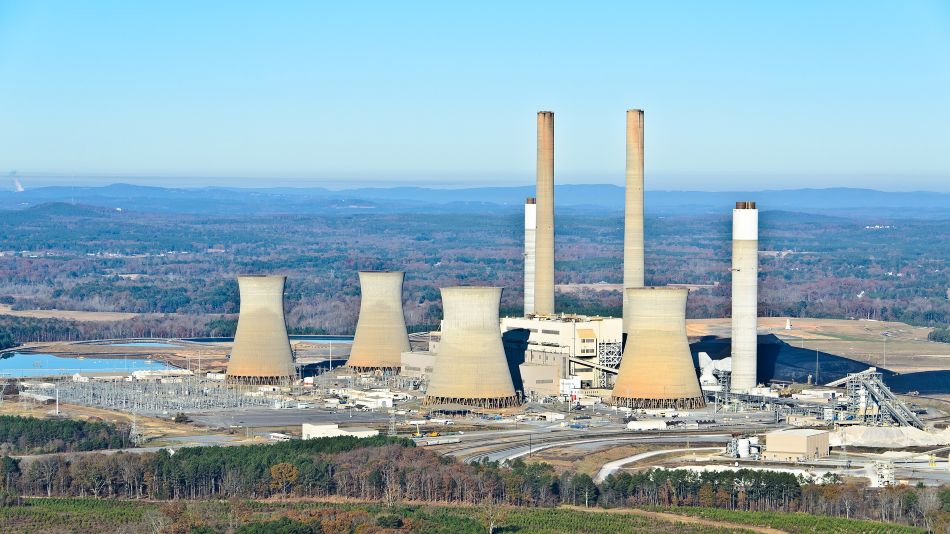White House Releases Report Detailing Existing Resources for Energy Communities
White House Releases Report Detailing Existing Resources for Energy Communities
The White House recently released a report with recommendations on how to create jobs in communities that once focused on coal, oil, and gas production. The report was developed in response to President Biden’s January 27th Executive Order, which directs the White House Interagency Working Group on Coal and Power Plant Communities and Economic Revitalization to report on “mechanisms, consistent with applicable law, to prioritize grantmaking, federal loan programs, technical assistance, financing, procurement, or other existing programs to support and revitalize the economies of coal and power plant communities.” The Working Group has identified $38 billion in existing federal funding that could be used to support revitalization efforts in these hard-hit communities.
The report identifies 25 regions nationwide that have been most impacted by the decline in coal. The White House plans to tap into the $38 billion identified to help provide immediate investments into the identified “Energy Communities.” The funds will be used for grant funding for infrastructure projects, deploying innovative low-carbon technologies, small business development, financing for remediating abandoned oil and gas wells, and workforce development.
To carry out some of the recommendations in the report, the Department of Energy (DOE) announced $109.5 million in funding for projects that intend to catalyze next generation energy industries to retain and create jobs in the identified communities:
The report identifies 25 regions nationwide that have been most impacted by the decline in coal. The White House plans to tap into the $38 billion identified to help provide immediate investments into the identified “Energy Communities.” The funds will be used for grant funding for infrastructure projects, deploying innovative low-carbon technologies, small business development, financing for remediating abandoned oil and gas wells, and workforce development.
To carry out some of the recommendations in the report, the Department of Energy (DOE) announced $109.5 million in funding for projects that intend to catalyze next generation energy industries to retain and create jobs in the identified communities:
- $75 million in funding to engineer carbon capture projects.
- $19.5 million in funding awards for critical mineral extraction from coal and associated waste streams.
- $15 million for geothermal energy research projects at West Virginia University and Sandia National Laboratories.
- Southern West Virginia non-metropolitan area
- East Kentucky non-metropolitan area
- Wheeling, West Virginia-Ohio
- Southwest Virginia non-metropolitan area
- Alaska non-metropolitan area
- West Kentucky non-metropolitan area
- Bremerton-Silverdale, Washington
- Eastern Wyoming non-metropolitan area
- Western Wyoming non-metropolitan area
- Arizona non-metropolitan area
- Northern West Virginia non-metropolitan area
- South Illinois non-metropolitan area
- Central Utah non-metropolitan area
- Southern Indiana non-metropolitan area
- California-Lexington Park, Maryland
- Farmington, New Mexico
- Northeast Virginia non-metropolitan area
- West North Dakota non-metropolitan area
- Greeley, Colorado
- College Station-Bryan, Texas
- Southwest Alabama non-metropolitan area
- Grand Junction, Colorado
- Beckley, West Virginia
- Charleston, West Virginia
- Western Pennsylvania non-metropolitan area



